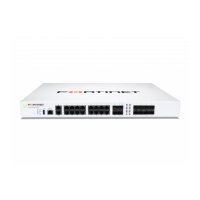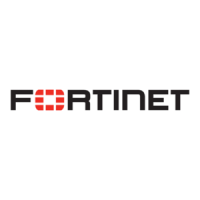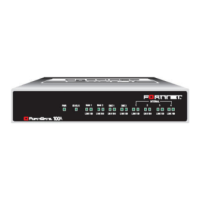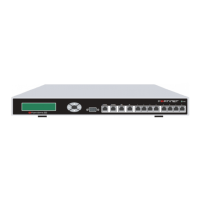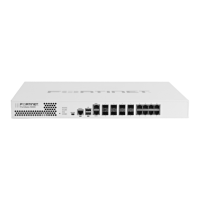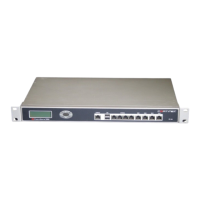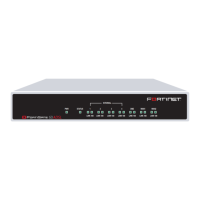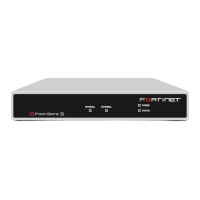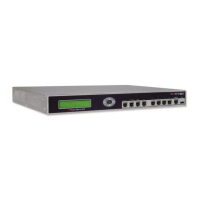WAN optimization and web caching Changing web cache settings
FortiGate Version 4.0 MR1 Administration Guide
01-410-89802-20090903 693
http://docs.fortinet.com/ • Feedback
Fresh Factor Set the fresh factor as a percentage. The default is 100, and the range is 1 to
100. For cached objects that do not have an expiry time, the web cache
periodically checks the server to see if the objects have expired. The higher
the fresh factor the less often the checks occur. For example, if you set the
Max TTL value and Default TTL at 7200 minutes (5 days) and set the Fresh
Factor at 20, the web cache will check the cached objects 5 times before
they expire, but if you set the Fresh Factor at 100, the web cache will check
once.
Max TTL The maximum amount of time (Time to Live) an object can stay in the web
cache without the cache checking to see if it has expired on the server. The
default is 7200 minutes (120 hours or 5 days).
Min TTL The minimum amount of time an object can stay in the web cache before the
web cache checks to see if it has expired on the server. The default is 5
minutes.
Default TTL The default expiry time for objects that do not have an expiry time set by the
web server. The default expiry time is 1440 minutes (24 hours).
Explicit Proxy Indicates whether the explicit proxy has been enabled for the FortiGate unit.
See “Configuring the explicit web proxy” on page 210.
Enable Cache
Explicit Proxy
Select to enable using the WAN optimization web cache to cache for the
explicit proxy.
Ignore
If-modified-since By default, if the time specified by the if-modified-since (IMS) header in the
client's conditional request is greater than the last modified time of the object
in the cache, it is a strong indication that the copy in the cache is stale. If so,
HTTP does a conditional GET to the Overlay Caching Scheme (OCS), based
on the last modified time of the cached object. Enable ignoring If-modified-
since to override this behavior.
HTTP 1.1
Conditionals
HTTP 1.1 provides additional controls to the client over the behavior of
caches toward stale objects. Depending on various cache-control headers,
the FortiGate unit can be forced to consult the OCS before serving the object
from the cache. For more information about the behavior of cache-control
header values, see RFC 2616.
Pragma-no-
cache
Typically, if a client sends an HTTP GET request with a pragma no-cache
(PNC) or cache-control no-cache header, a cache must consult the OCS
before serving the content. This means that the FortiGate unit always re-
fetches the entire object from the OCS, even if the cached copy of the object
is fresh.
Because of this behavior, PNC requests can degrade performance and
increase server-side bandwidth utilization. However, if ignore Pragma-no-
cache is enabled, then the PNC header from the client request is ignored.
The FortiGate unit treats the request as if the PNC header is not present at
all.
IE Reload Some versions of Internet Explorer issue Accept / header instead of Pragma
no-cache header when you select Refresh. When an Accept header has only
the / value, the FortiGate unit treats it as a PNC header if it is a type-N object.
When ignore IE Reload is enabled, the FortiGate unit ignores the PNC
interpretation of the Accept / header.
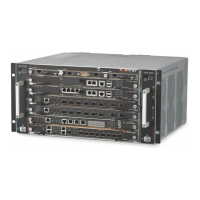
